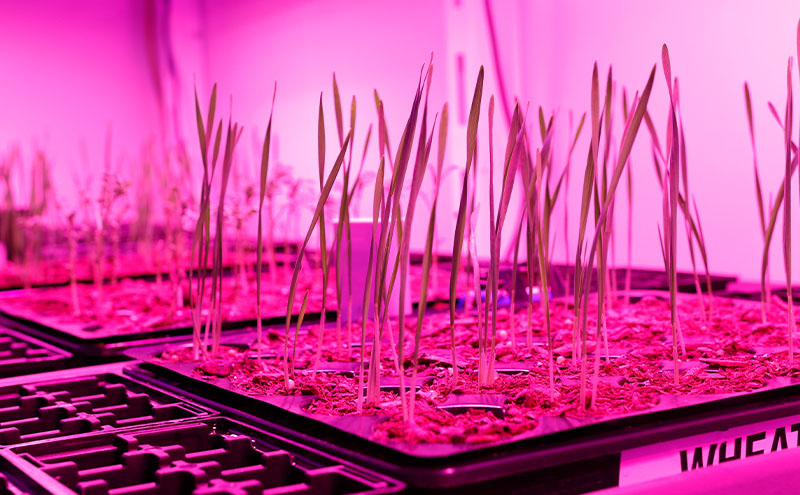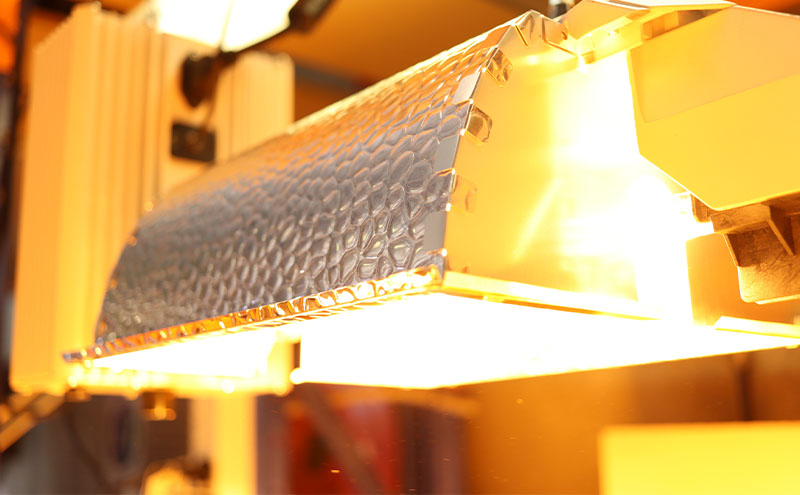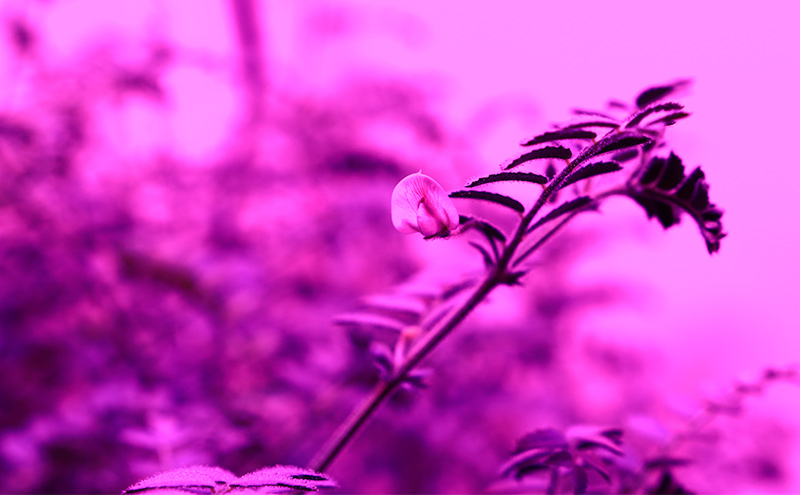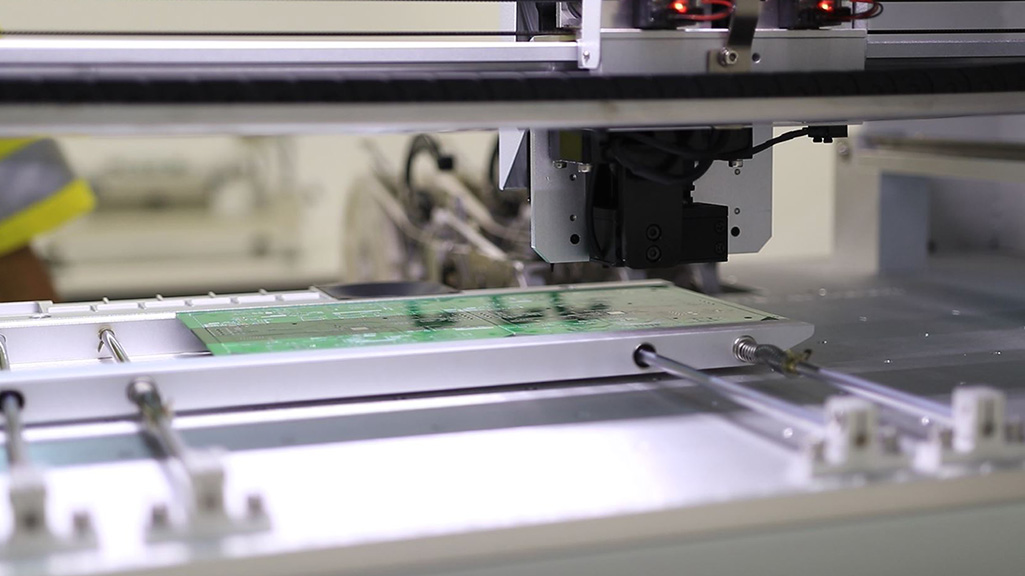Controlled environments play a significant role in society’s development. Whether it’s identifying new ways to combat plant pathogens, growing hordes of flowers to sustain the demands of the wedding industry, or discovering a new medical breakthrough, the possibilities are endless. One of the critical controls within these environments is light. Manipulating light intensity, colour, and quality allow researchers to manage and investigate multiple conditions for specific purposes.
The Influence of Light on Plant Research
Grow light technology has rapidly developed over the years, mainly due to the growing need to feed a rapidly expanding population and perhaps our desire to colonise space. Whichever the motivation, improvements in light technology are providing more efficient, accessible options for many researchers.
The evolution of the biotechnology industry has seen rapid advancements in our ability to analyse the effects of environmental parameters. Light technology has been a significant contributor to the development of this sector.
In regards to plant research, supplementing light will affect plant growth (photosynthesis) and the development (morphology) of metabolic processes. Often, optimal light conditions vary across plant variety, crop and region. Therefore, adjusting light wavelength allows us to positively impact disease resistance, taste, and nutrition. This adjustability includes variations on intensity, time of day, amount, quality, direction, and distribution – just some of the conditions that can be manipulated within the research field.
More organisations, such as NASA and the Lighting Research Center, are investing in engineering and investigating better light technology, thus improving research capabilities. As the technology within these systems develops, we can better understand and test the ideal lighting conditions that support healthy plant growth and are detrimental to pathogens.
Colour Spectrum for Plant Growth
Lights emit different colour spectrums. Although not all are visible to the human eye, they are inherent to plant growth. Photomorphogenesis is the growth pattern in plants in response to varied colour spectrums of light. As a plant develops, different spectrums become more critical; for example, blue light may be necessary for the early phases while the red light is introduced later to promote flowering and leafy growth. Determining the correct spectral mix is one of the main challenges of researchers. Too much or too little of a particular wavelength can hinder growth, produce blisters and block chlorophyll production which will eventually halt photosynthesis.

Common Types of Lights for Reach in Chambers
Supplemental light mimics natural light from the sun. The purpose and area in which the lights are applied can determine which light sources are the most beneficial. Greenhouses have differing needs and requirements to Reach-In Chambers (RIC) as do the multiple stages of plant growth. Some of the most common lights utilised in within Controlled Environment Agriculture are:
High-Pressure Sodium (HPS)
The High-Pressure Sodium (HPS) light is a specific, more efficient type of gas discharge light (also known as ‘Arc Lights’ or High-Intensity Discharge (HID) Lights). Emitting an omnidirectional yellow/ red glow, HPS lights are better suited to promote flowering and fruiting.
Most commonly used in research with broad coverage areas, such as greenhouses and shelters with access to natural light, to compensate for the lack of blue and ultraviolet radiation.

Fluorescent Lighting
Historically, the most common type of light for indoor plant growth, fluorescent lamps have been surpassed by LED (Light Emitting Diodes) lighting.
Fluorescent lights are best used to germinate growth indoors and propagation situations where low light levels are required as they are less intense than HID Lighting and not as energy efficient as LEDs.
LED Lighting (Light Emitting Diodes)
As an artificial light source, LEDs provide the most considerable spectral variation. Depending on the intended research, different LED Lights can be mixed to create the required conditions.
LED Lighting is fast becoming the single choice for many researchers. Though LED is considered more expensive, longevity and customisation have contributed to their growing popularity and cost-effective nature.
Lighting manipulations within controlled environments is invaluable. Mimicking, researching and altering specific conditions will continue to drive progress in medical, agricultural and product development. The impact of light technology on these artificial environments, such as the introduction of LED lighting, demonstrates the importance and possibilities of these.






